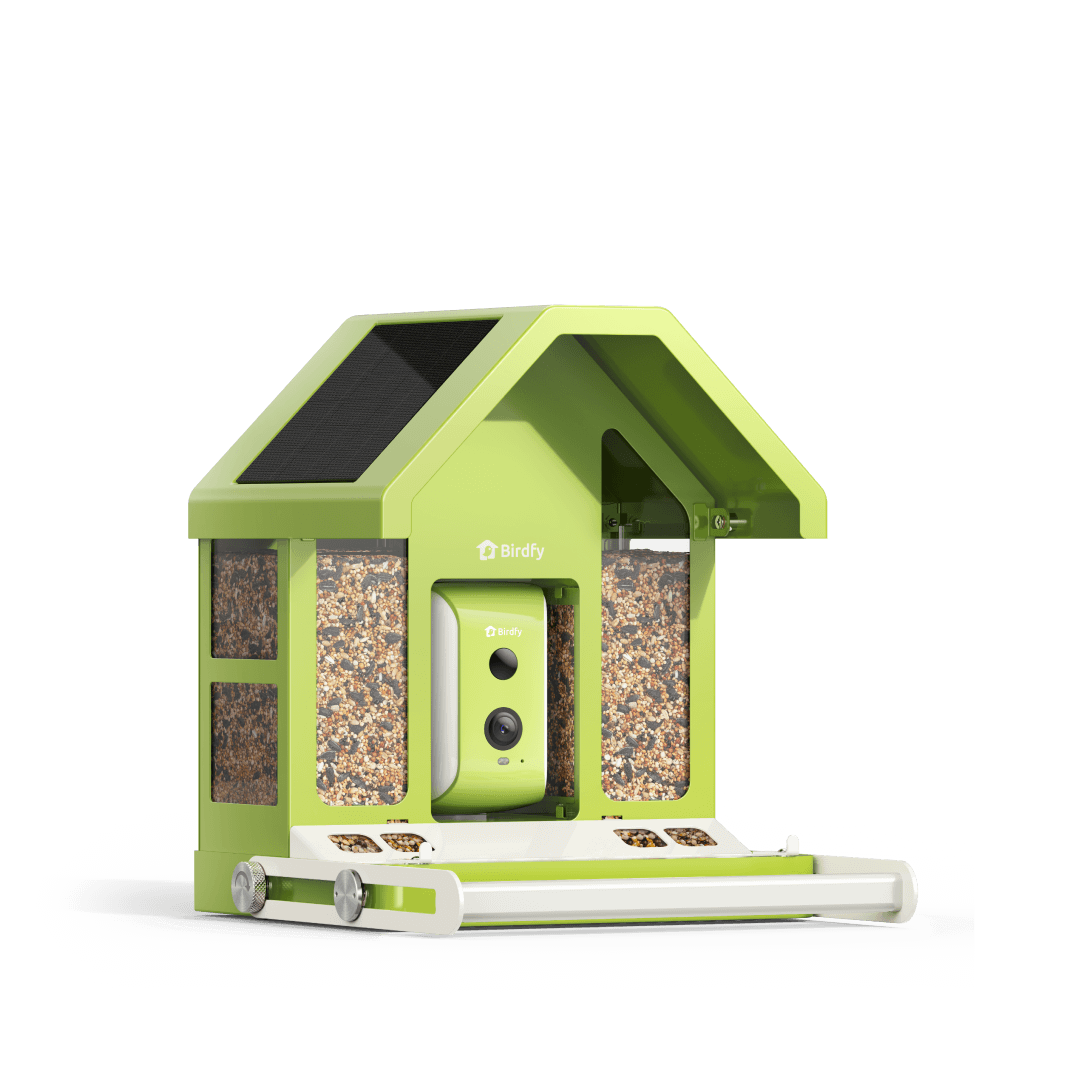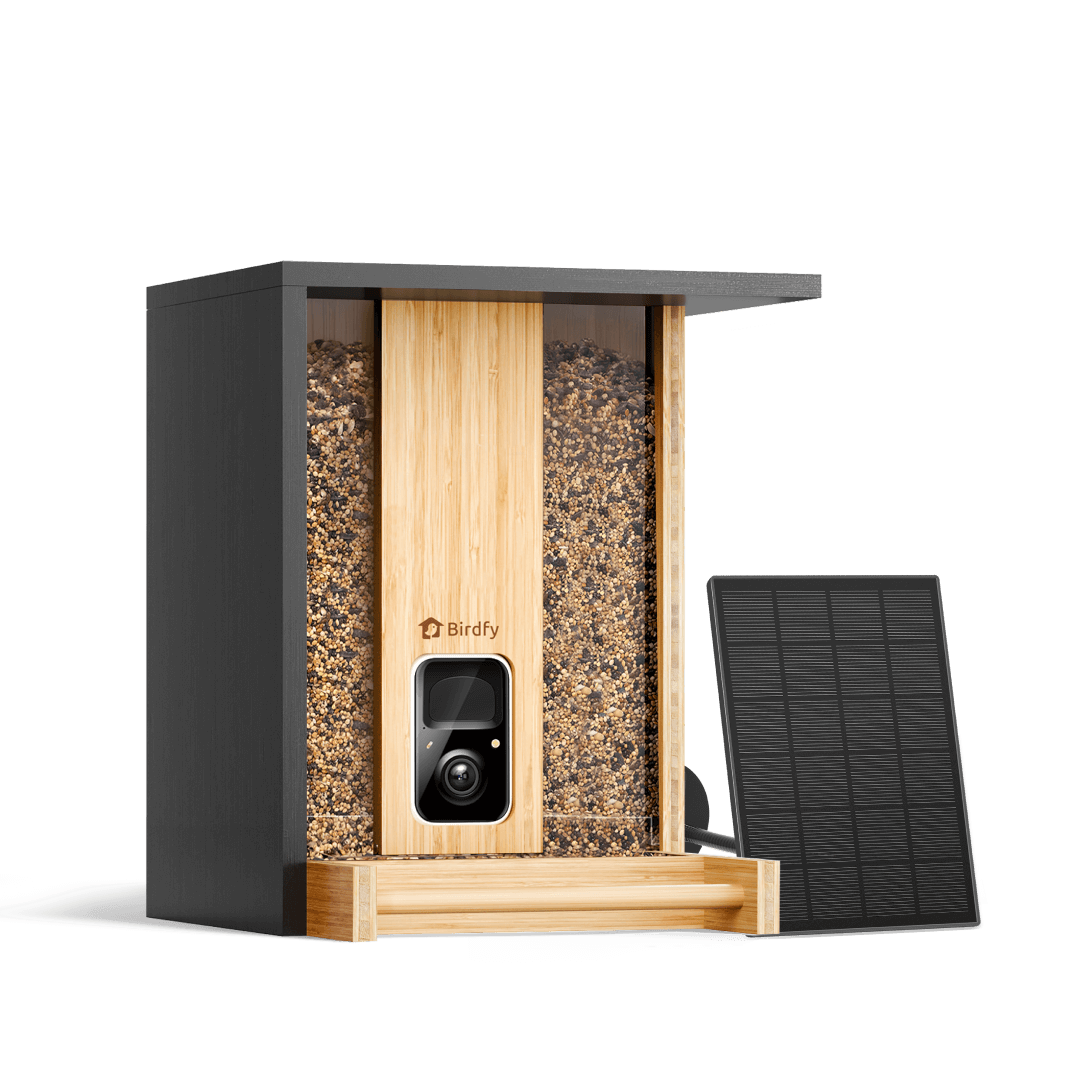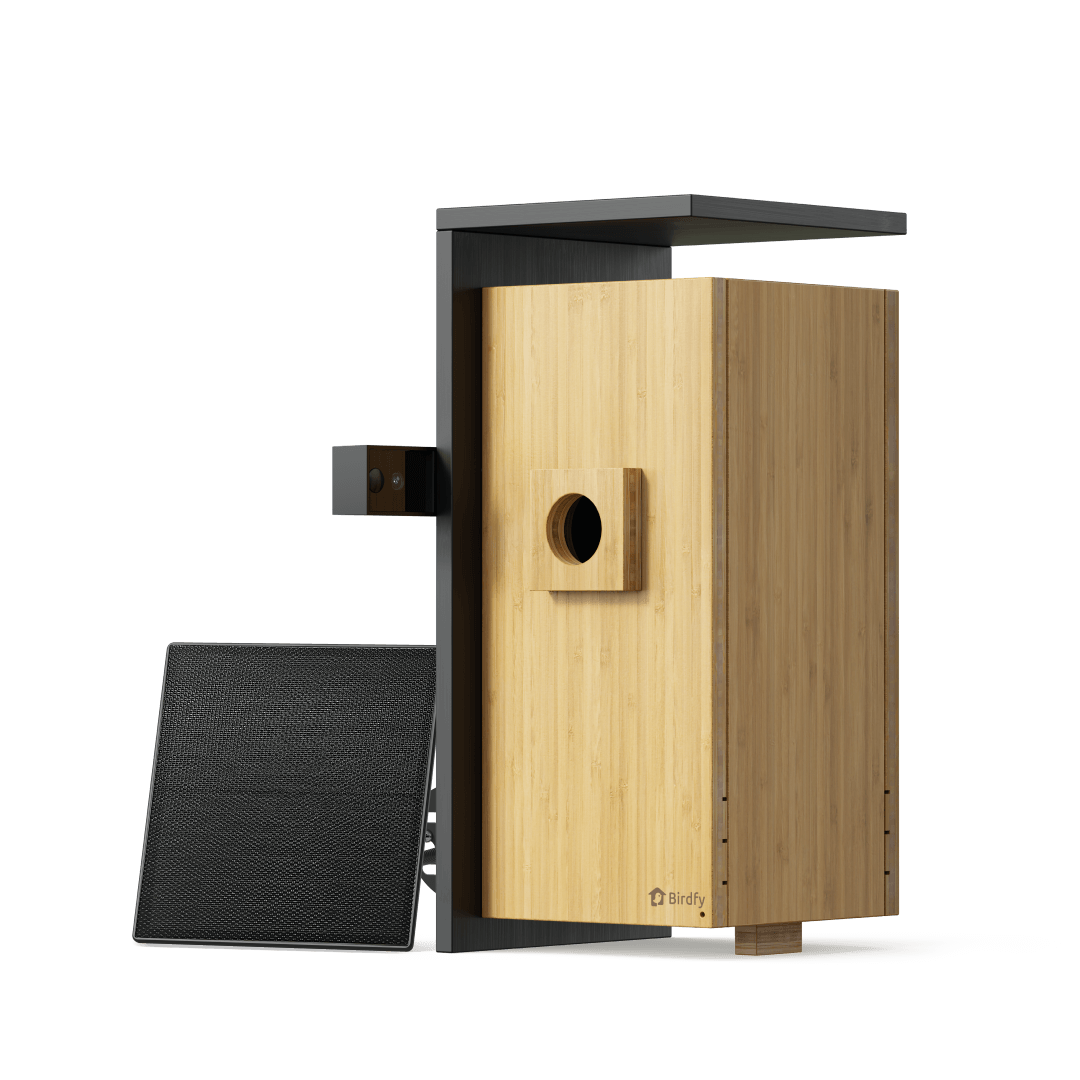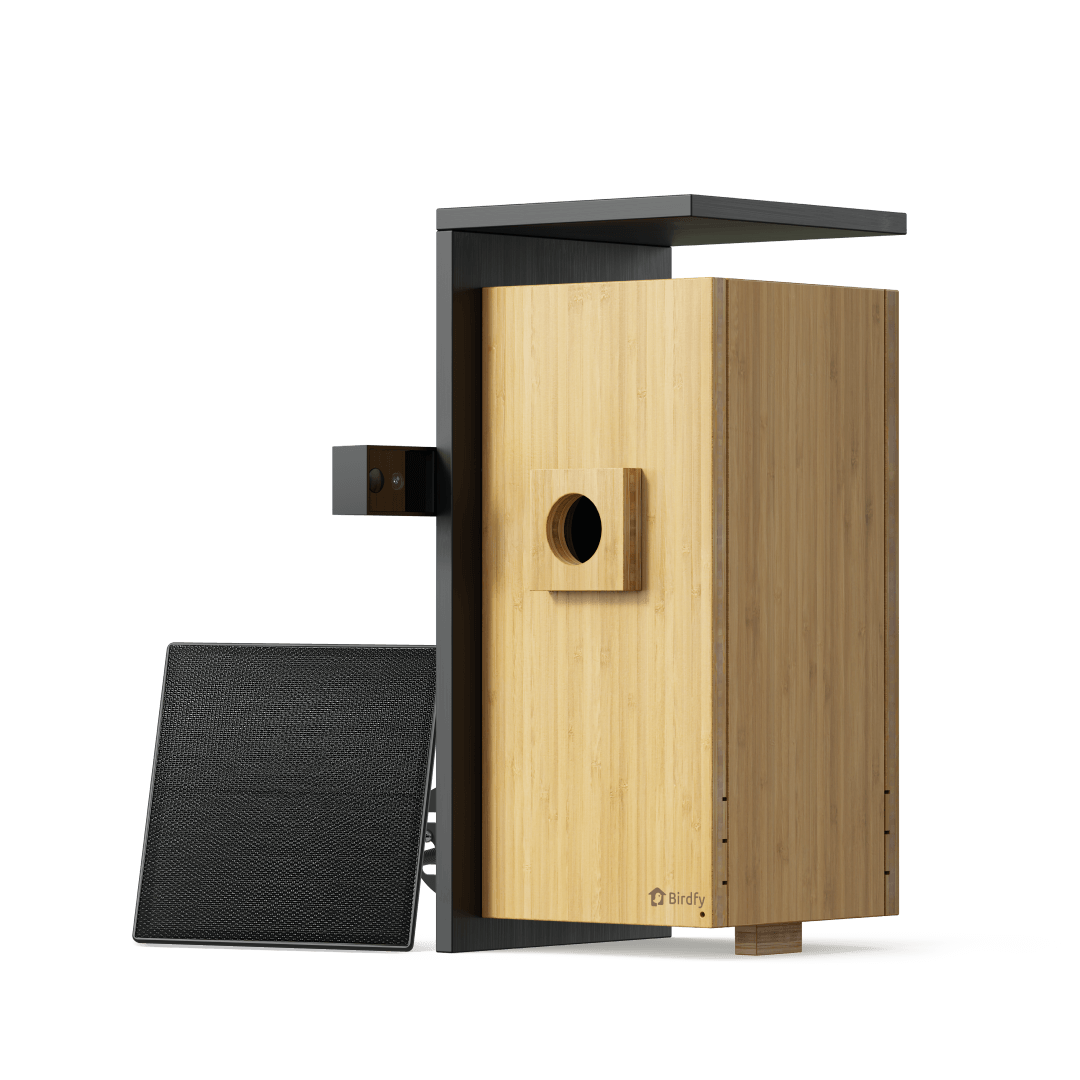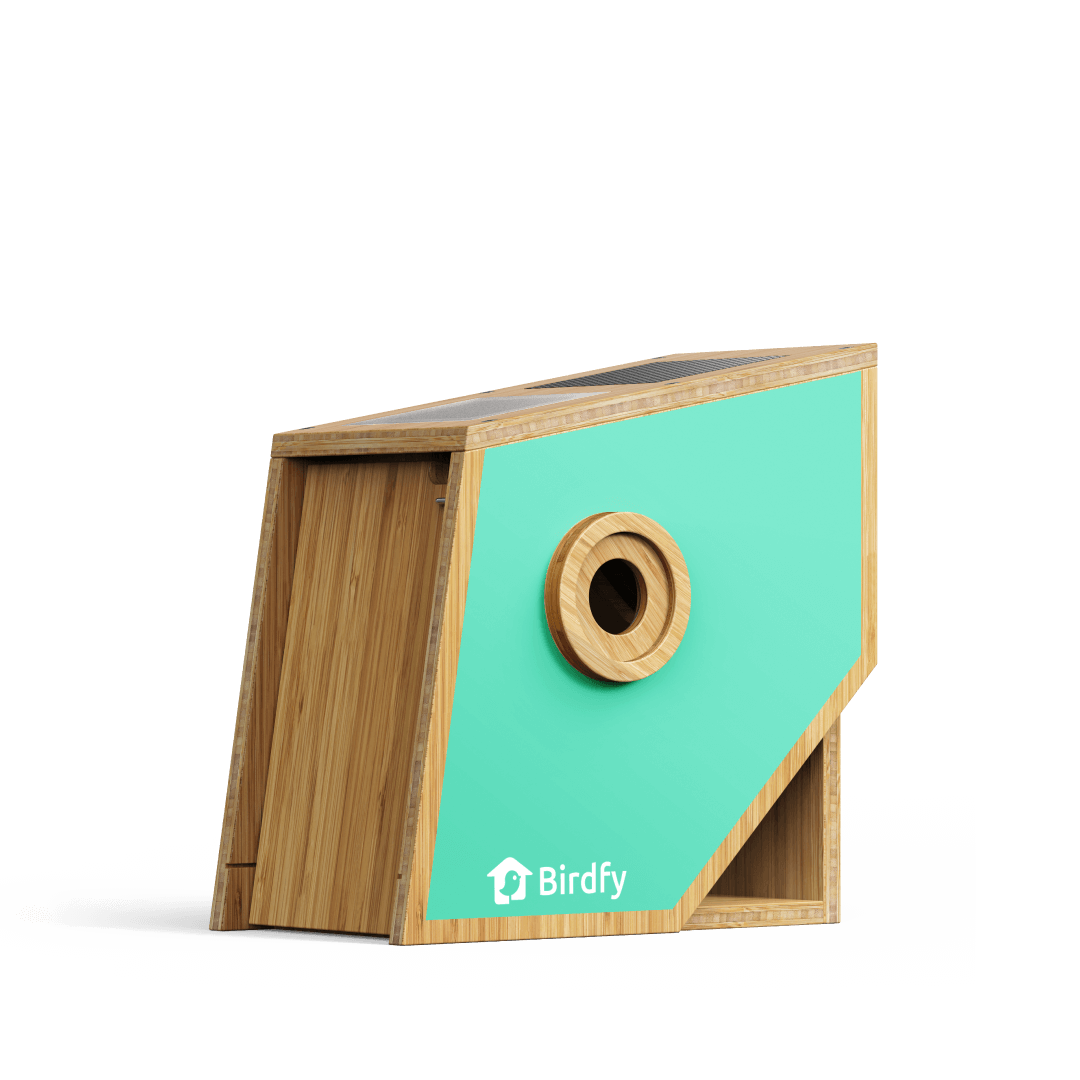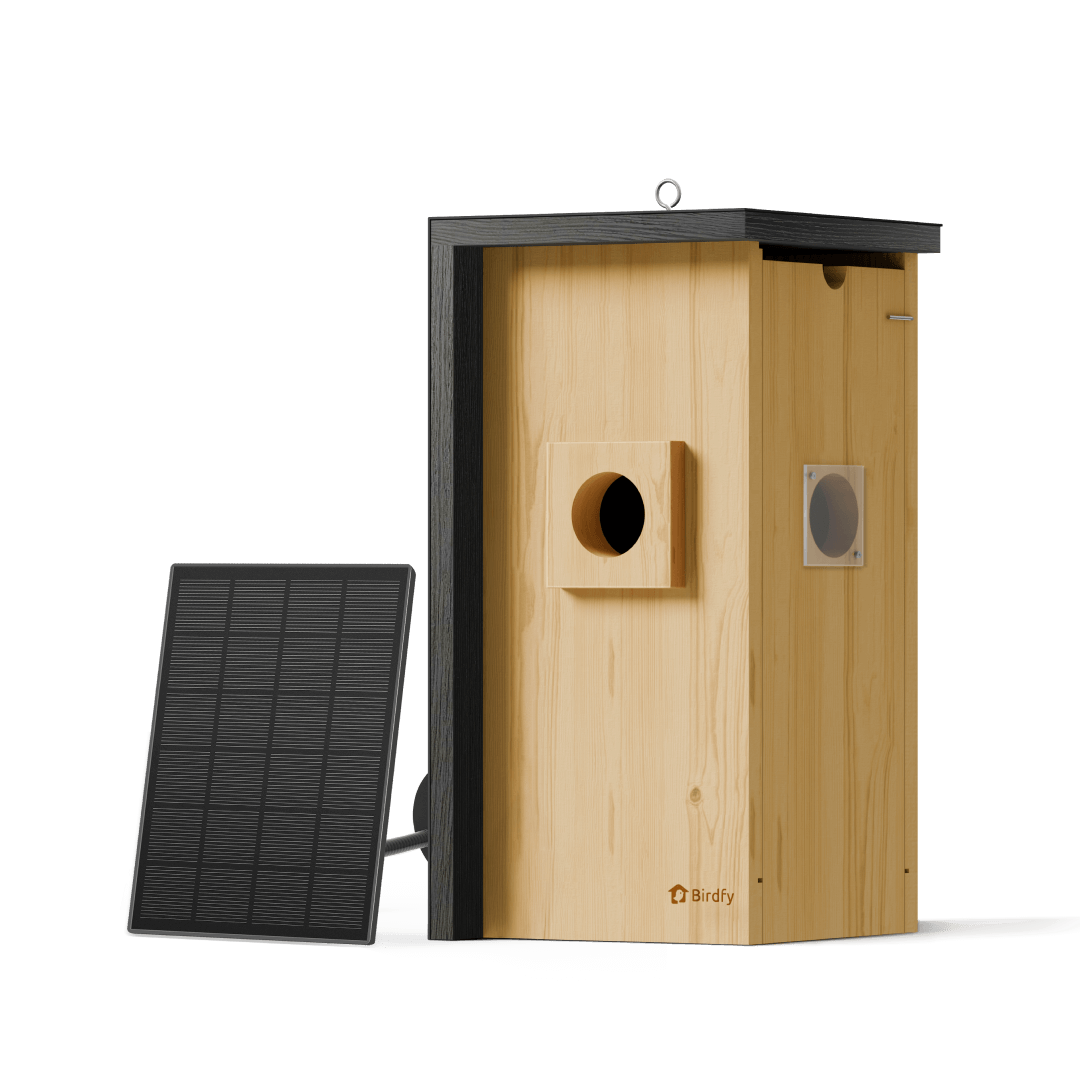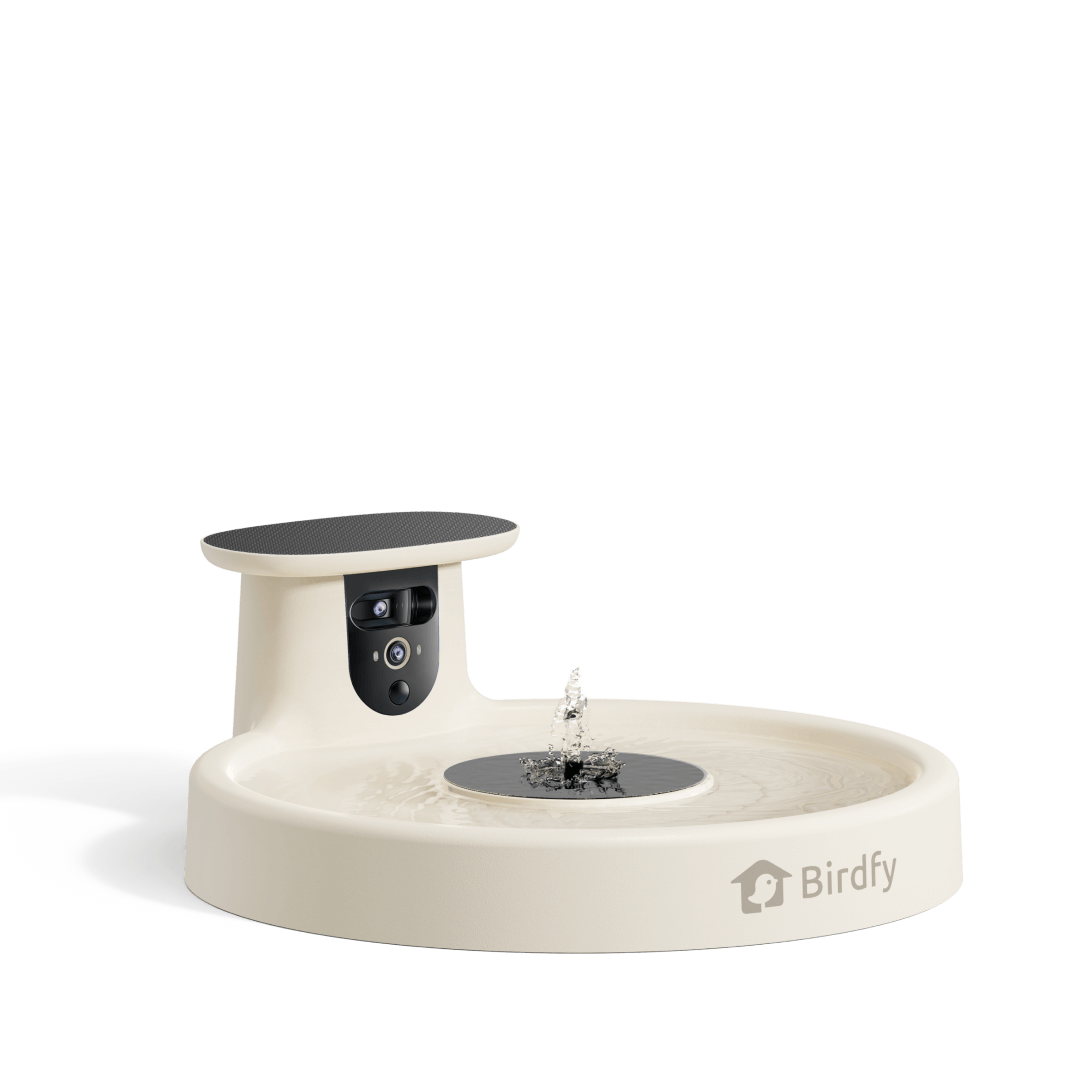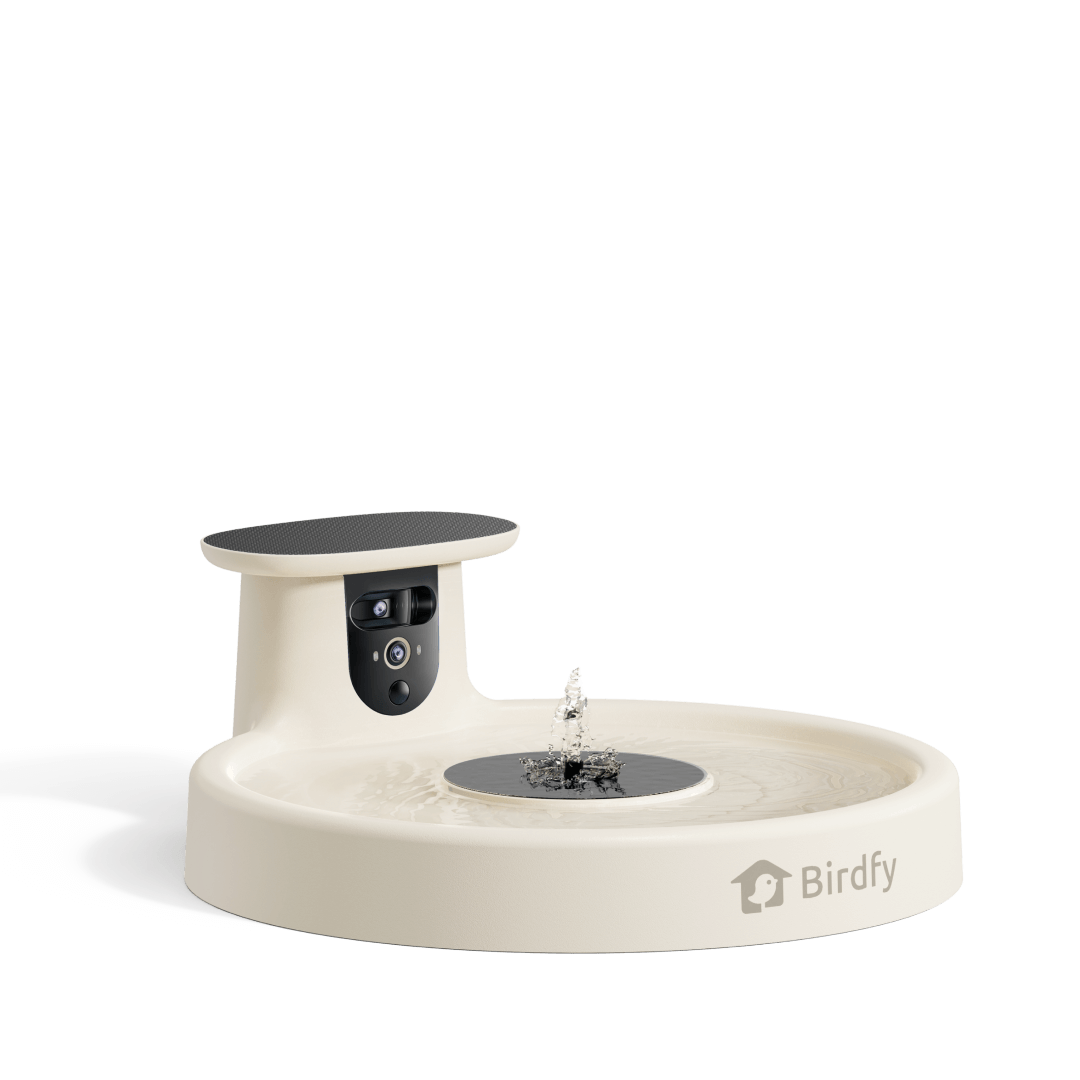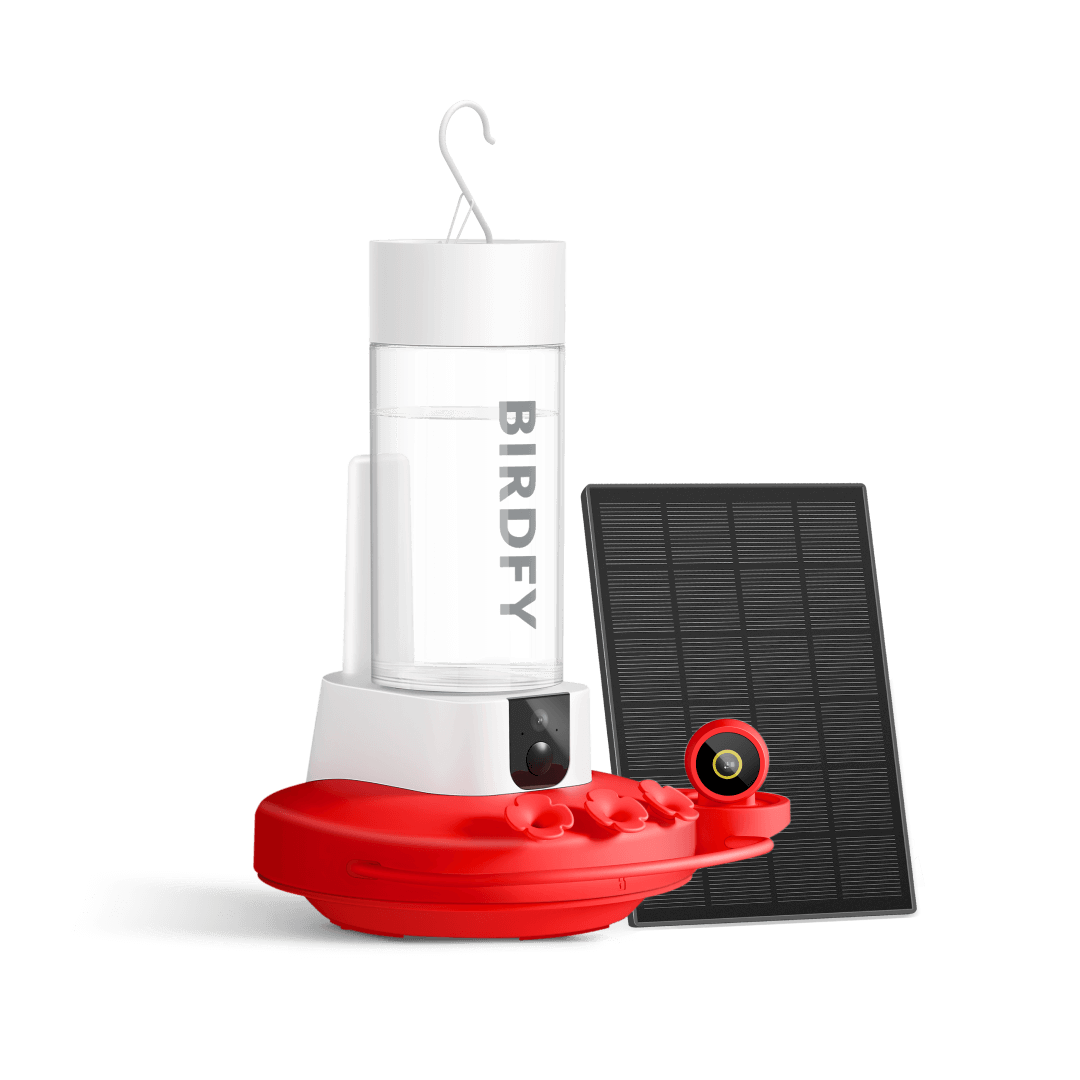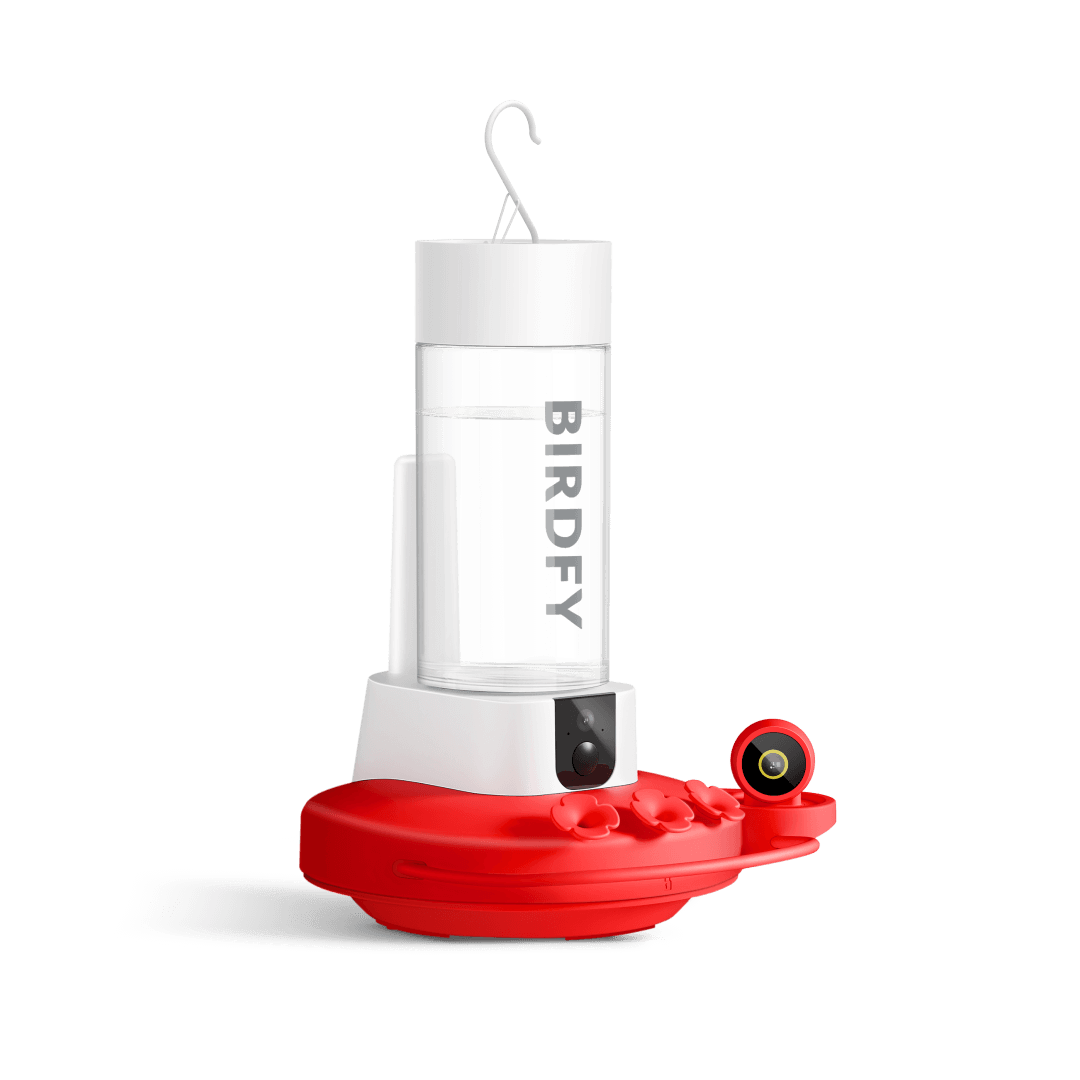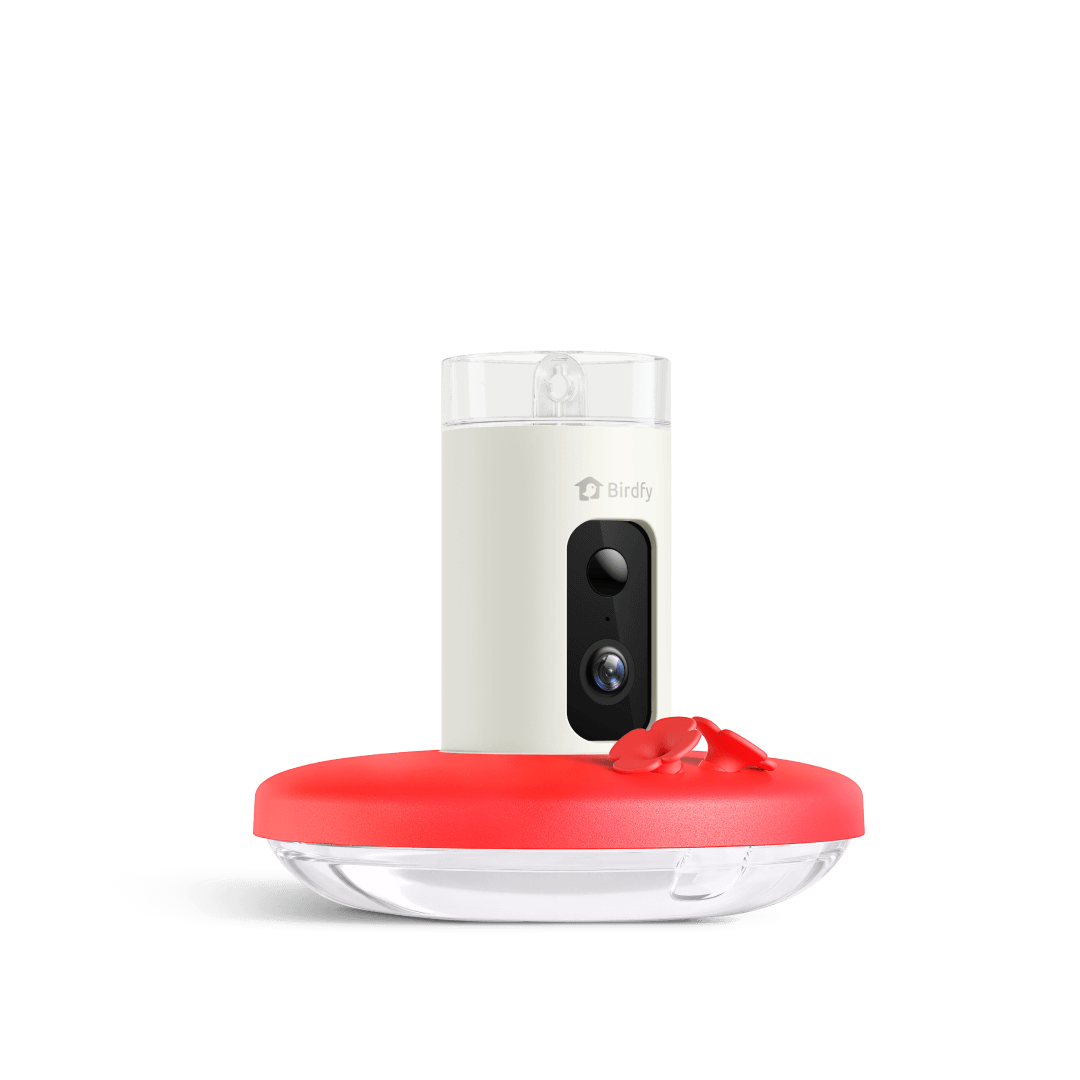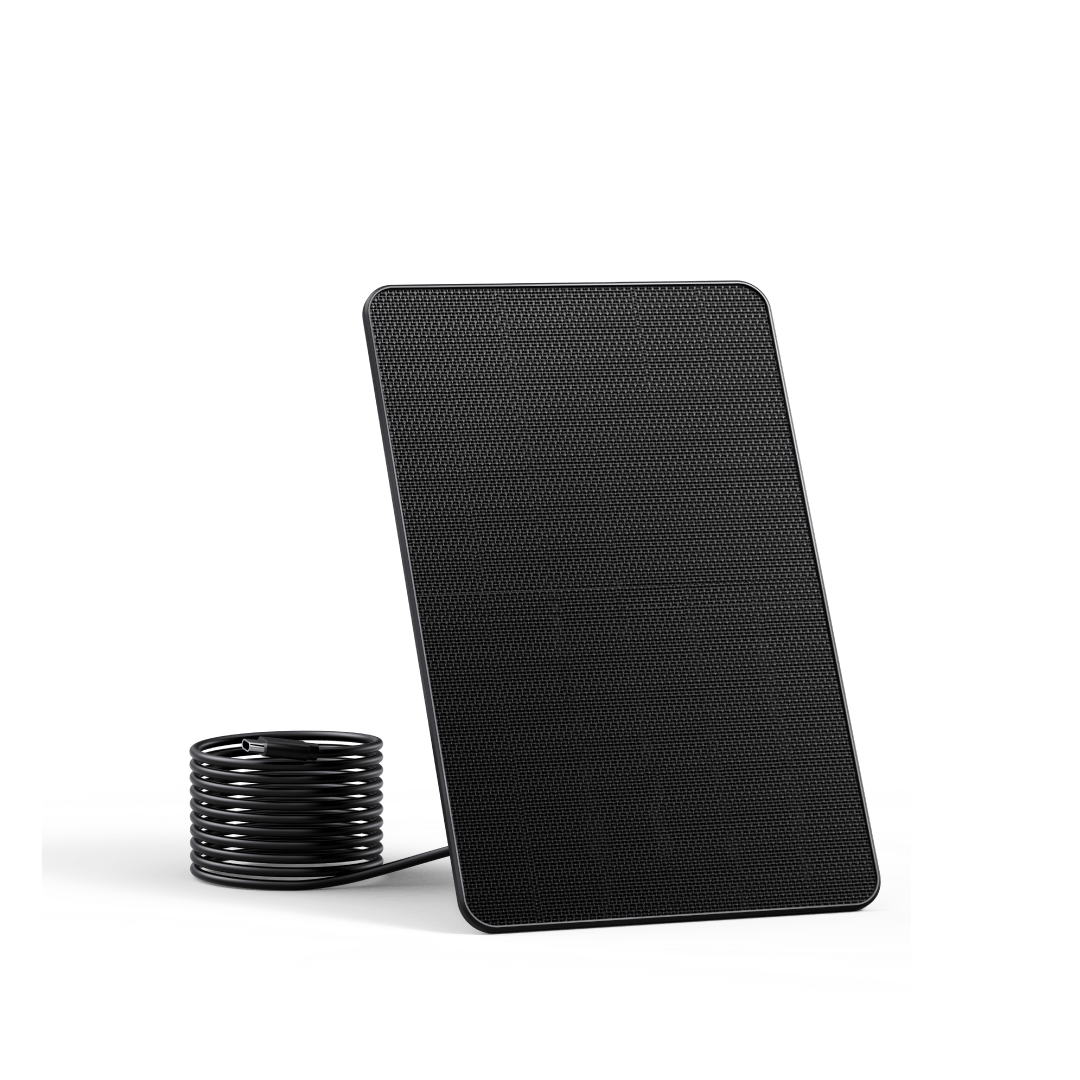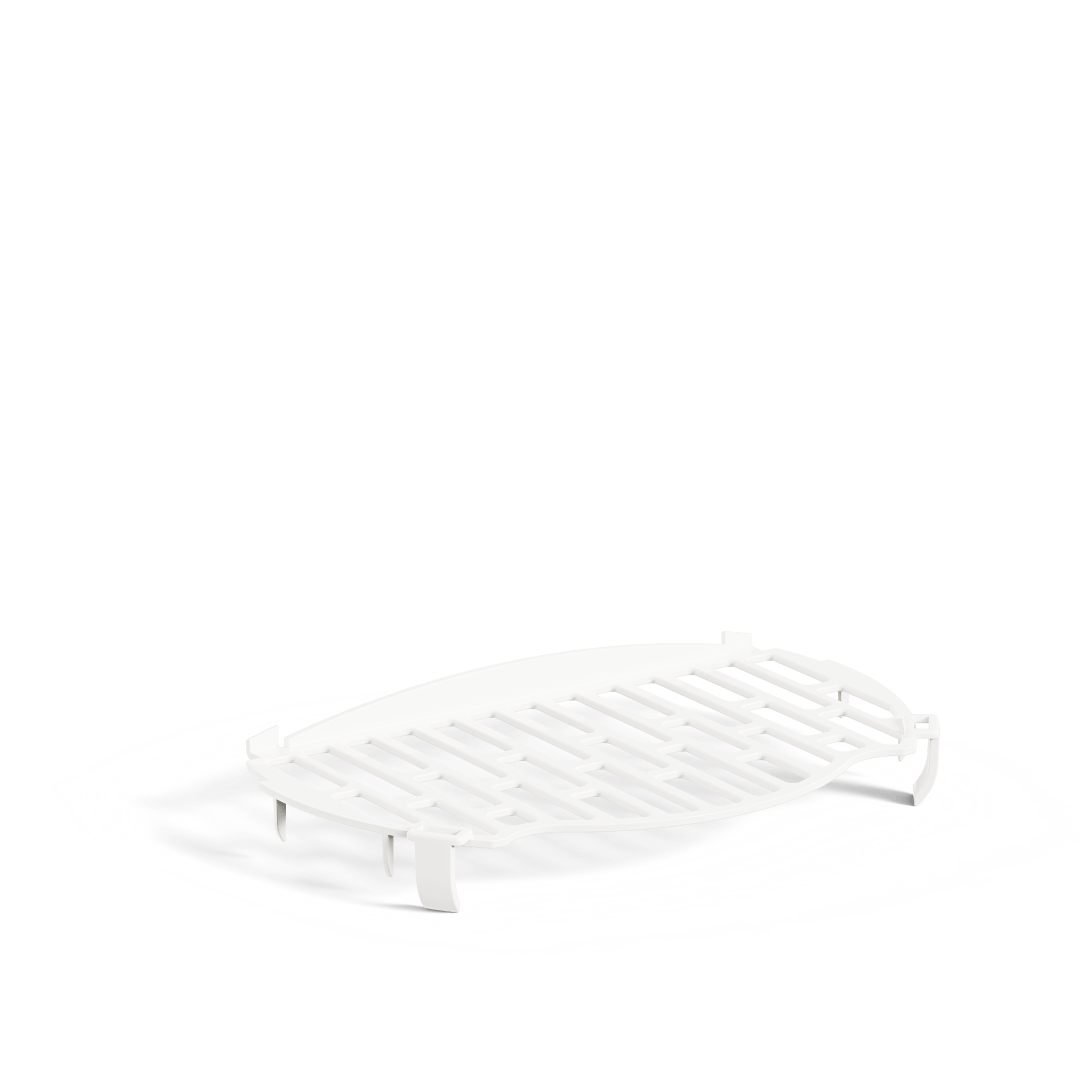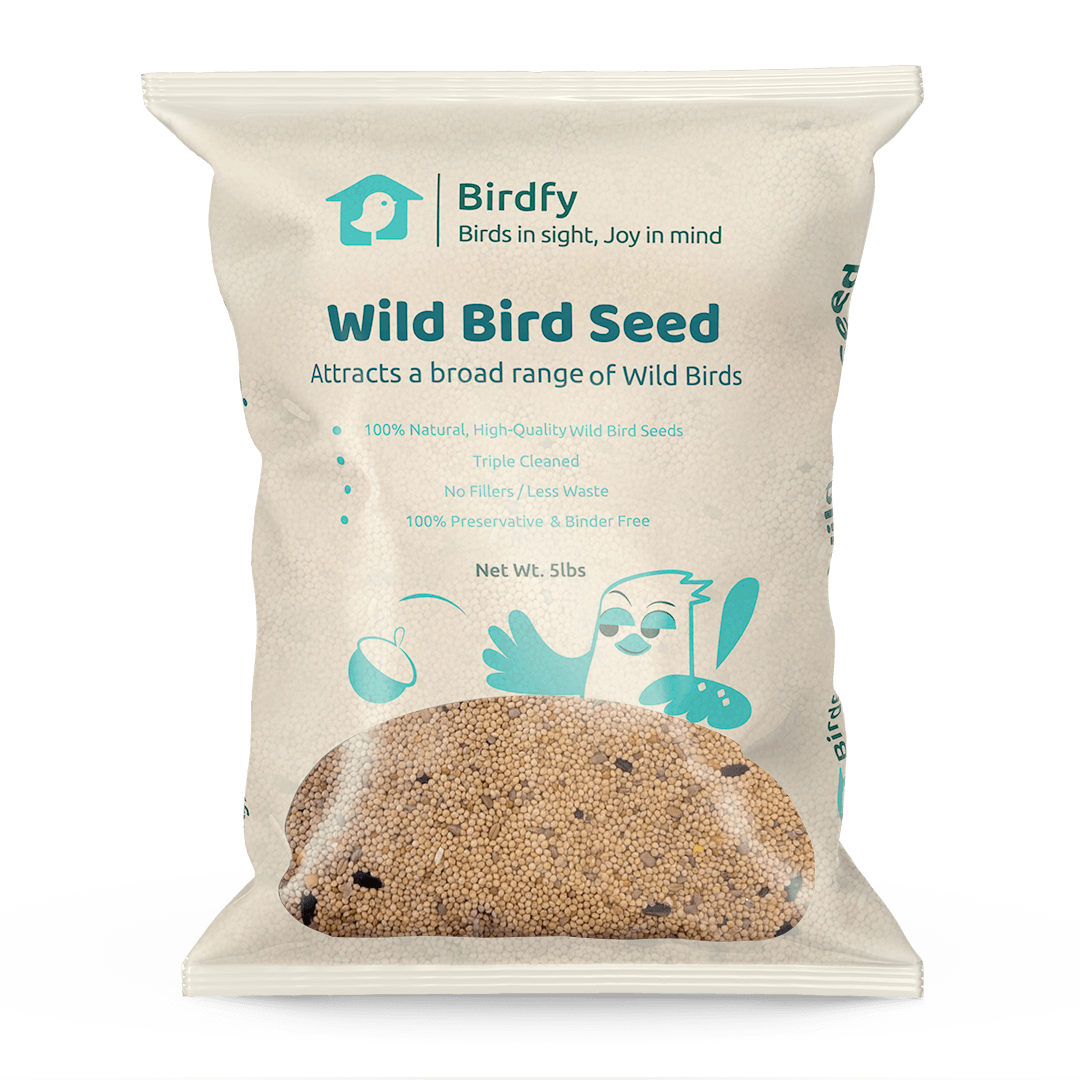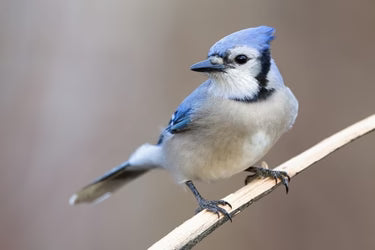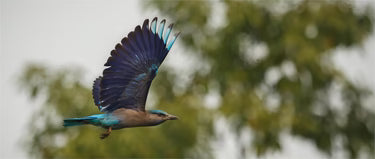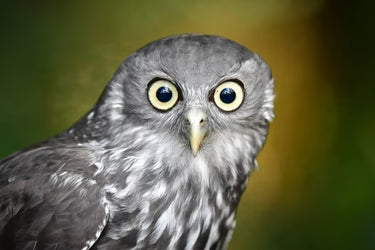
8% Off
Most Liked Blogs
Blogs
All
Backyard Birds
Beginner Instructions
Bird Bath
Bird Behaviors
Bird Feed
Bird Feeder
Bird House
Bird Lover
Bird Mate
Bird Protection
Bird Watching
Birder Blog Series
Birder Story
Birdfy
Birdfy 2
Birds Net
Expert Insights
Fun Facts
Garden Bird
How to Attract Birds
how-to
Hummingbird
Hummingbird Feeder
Identify Birds
Migration
North America
Seasons
solar panel
Squirrels Prevention
tips

How to Keep Ants Away from Hummingbird Feeders (Ant-Free Guide)
Hummingbirds are a delight for any backyard, with their shimmering feathers, rapid hover, and energetic visits to feeders. However, ants invading hummingbird feeders can quickly ruin this idyllic scene. How to keep ants away from hummingbird feeders? Read on to explore our effective ways to keep ants away from your feeder without affecting hummingbirds.
Are Ants Bad for Hummingbird Feeders
Yes. A line of ants marching to and from your hummingbird feeder is more than just a nuisance; it’s a significant problem. Ants contaminate the precious nectar, making it unappealing or even harmful to hummingbirds. They can clog the feeding ports, and their presence deters the very birds you’re trying to attract.
Why Ants Love Hummingbird Feeders
Ants are driven by a powerful instinct to find food sources for their colony. The sugary sucrose solution in a hummingbird feeder is an irresistible treasure trove for them. When they find it, they leave a pheromone trail for hundreds of their nestmates to follow, leading to a full-scale invasion.
Common DIY Mistakes
Many well-intentioned homeowners try quick fixes, hoping for an easy way to keep ants away without investing in specialized solutions. These approaches may seem clever at first glance, but in practice they may create more problems than they solve:
Vaseline or Oil on the Hook:
Smearing petroleum jelly or vegetable oil on the hook or pole can create a slippery barrier. However, this is messy, needs frequent reapplication, can stain, and may get on the birds' feathers, which is detrimental to their health and ability to fly.
Water Drip Traps:
The DIY version of an ant moat involves placing a shallow dish or bottle cap filled with water on the hook above the feeder. While the concept is sound, these homemade versions are often too small, easily spilled, quick to evaporate in the sun, and can be an eyesore.
Insecticides and Chemicals:
This is an absolute no-go. Using any form of poison, repellent, or sticky glue near a feeder is dangerous and can be fatal to hummingbirds, other wildlife, and even pets.
Scientific Ways to Keep Ants Away From Hummingbird Feeders
Clearly, we need a smarter approach. Fortunately, there are several safe, scientifically proven methods that keep ants away from your hummingbird feeder while allowing the birds to feed freely.
1. Use a Professional Ant Moat
An ant moat is a brilliantly simple device that exploits one fundamental weakness of ants: they cannot swim. It is a small cup or reservoir that you fill with water and place *between* the ants' point of access (the hook or tree branch) and the feeder itself. The ants, in their relentless march downward, encounter this moat of water. Unable to cross it, they are stopped dead in their tracks. The hummingbird feeder hanging below remains a pristine, ant-free zone.
The principle is ancient (think castles with moats!) but perfectly adapted for this modern application. It is a 100% physical, non-toxic barrier that requires no chemicals, poses no risk to the birds or other animals, and is incredibly effective when implemented correctly.
The Birdfy Ant Moat: A Designed-for-Purpose Solution
While you can rig a makeshift moat, a product designed specifically for this purpose, like the Birdfy Ant Moat, offers unparalleled reliability, durability, and aesthetics. It’s not just a cup of water; it’s an engineered accessory for the discerning bird watcher.
How to Use the Birdfy Ant Moat for Maximum Effectiveness
Using the ant moat is incredibly simple, but a few pro-tips will ensure it works flawlessly:
1. Installation:
Hang the Birdfy Ant Moat from your shepherd’s hook, tree branch, or eaves hook. Ensure the hanging point is secure.
2. Filling:
Fill the moat reservoir with clean water until it’s nearly full. Plain tap water is perfectly fine.
3. Hanging the Feeder:
Hang your hummingbird feeder from the hook on the bottom of the ant moat. Make sure the feeder is stable.
4. Maintenance:
Check the water level in the moat every few days, especially during heatwaves, and top it up as needed. Every couple of weeks, or if you notice any debris, empty the old water, give the moat a quick scrub with a bottle brush, and refill it with fresh water.
💡You can also try a simple DIY ant moat for your hummingbird feeder.
2. Choose the Right Hummingbird Feeder to Keep Ants Away
Select a hummingbird feeder that has built-in ant guards (often bee guards also help) and, crucially, no yellow on the feeding ports. Yellow is a strong attractant for bees and wasps. Also, opt for feeders that don’t have leaky ports, as drips create a scent trail and a food source for ants on the ground.
Recommended: the Birdfy Hum Feeder Duo
It can be paired with an ant-proof bowl and a solar panel. The red feeder attracts hummingbirds and comes equipped with two smart HD cameras to capture clear footage of hummingbirds.
Shop Now
3. Strategic Feeder Placement to Prevent Ant Access
Hang your feeder away from obvious ant highways. Don’t hang it from a tree trunk or a fence post that is directly connected to the ground. Using a free-standing pole placed away from structures is ideal.
4. Keep Your Hummingbird Feeder Clean to Deter Ants
The single most important rule of hummingbird feeding is cleanliness. Frequently change the nectar (every 2-3 days in hot weather) and thoroughly clean the feeder with hot water and a bottle brush to remove any residual sugar that can attract ants from afar. Avoid using soap, as residues can harm birds; a vinegar and water solution is a great natural cleaner.
Conclusion: Reclaim Your Garden’s Peace
The battle against ants at the hummingbird feeder is one you can win decisively. By moving away from messy, ineffective, or dangerous DIY methods and embracing the elegant, physics-based solution of an ant moat, you ensure that your garden remains a safe and inviting haven for hummingbirds.
The Birdfy Ant Moat exemplifies this approach. It’s a thoughtfully designed, robust, and highly effective tool that does one job and does it perfectly. By investing in this simple device, you are not just buying a product; you are investing in uninterrupted hours of joy, watching these incredible birds feed without the irritation of unwanted six-legged guests. It’s a small addition that makes a monumental difference, allowing you to enjoy the magical spectacle of hummingbirds in their pure, unspoiled form.
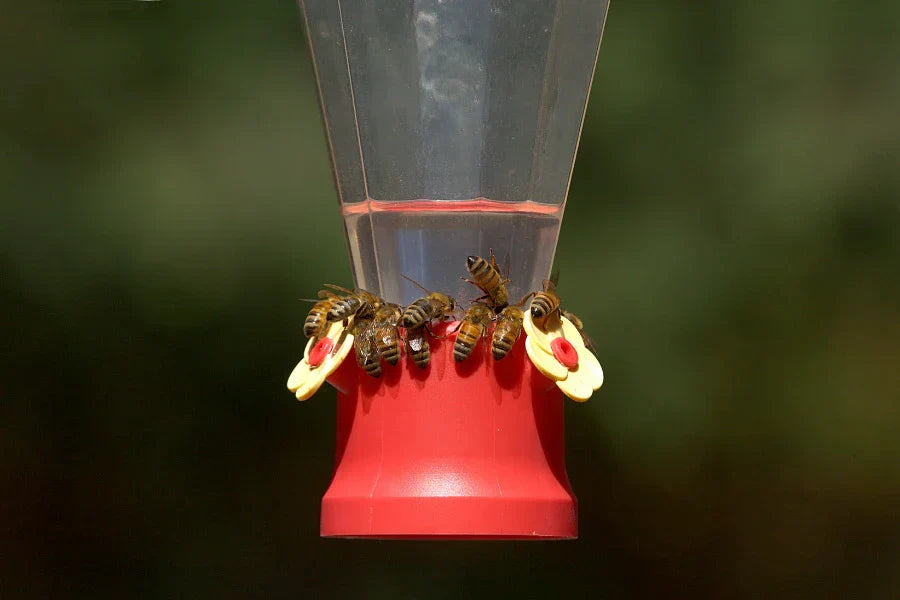
How to keep bees away from hummingbird feeders
Hummingbirds bring delight and color to our backyards, but that delight can quickly fade when bees and wasps take over the feeder. While these buzzing insects play an important role in pollination, they can become aggressive competitors, often driving hummingbirds away from their nectar.
The good news is, there are safe and effective ways to keep bees at bay without harming them or your hummingbirds. In this guide, we’ll walk you through 8 simple tips to keep bees away from hummingbird feeders.
Method 1: Use Bee Proof Hummingbird Feeder
Difficulty: ⭐️
The simplest and most initial option is to select a hummingbird feeder that keeps bees and wasps away. Bee Proof Hummingbird Feeders are designed in such a way that they feature in-built bee guards that ensure that insects are unable to reach the nectar, but hummingbirds feed readily.
Bee Proof Hummingbird Feeder Select Tips:
Red color: Hummingbirds are naturally drawn to red, while bees are less attracted to it.
Avoid feeders with yellow or white: these colors are more appealing to bees.
Use saucer-shaped feeders: These feeders have shallow nectar reservoirs that make it difficult for bees and wasps to reach the nectar.
Install nectar guards: Nectar guards are small plastic barriers or mesh screens that fit over the feeding ports. They help block insects while still allowing hummingbirds to feed comfortably.
Choose leak-proof feeders: Bees are drawn to any spilled nectar around the feeder.
This basic upgrade is the one you may require if you have only started to notice hummingbirds in your garden.
Method 2: Regularly Move the Hummingbird Feeder
Difficulty: ⭐️
Bees are great at finding food, but they dislike changes. Do you keep your bird feeder in one place? Then, change its location regularly. 5-10 shifts are enough per month to disorient bees and decrease their traffic.
Why it Works:
Bees are very dependent on scent trails and landmarks.
As hummingbirds are cleverer and more persistent, they will soon find a new site.
This method is most effective when used in combination with other strategies, such as bee guards or shady sites.
Method 3: Put Hummingbird Feeder in the Shade
Difficulty: ⭐️
Wasps and bees love sunny locations. But, hummingbirds can locate feeders even in the shade. Sunny places cause nectar to ferment more quickly and may increase the number of insects. So, the best place is a shaded or partially shaded area.
Instructions:
Place your bird feeder under a tree or a roofed porch.
Keep it out of direct sun, especially at the hottest time of the day.
It will make your feeder less appealing to bees because you want to minimize their visibility and warmth.
Method 4: Keep the Feeder Clean and Drip-Free
Difficulty: ⭐️⭐️
Sticky spills and drips attract bees, ants, and other nuisances like magnets. A well-cleaned feeder will keep insects away.
Cleaning Tips:
Clean the hummingbird feeder with a wet cloth every day.
Clean it with hot water after 2 -3 days.
Don’t use strong chemicals that are harmful to birds.
Feeder cleaning plays a crucial role in bee management and the well-being of hummingbirds.
Method 5: Provide a Water Source for Bees
Difficulty: ⭐️
Make a bee/creature watering station with shallow vessels and fresh plain water with rocks or stones for them to land on. Avoid marbles and glass stones- as those are like tiny magnifying glasses and really heat up the water quicker if in the sun. Marbles and glass stones also get slippery when wet. Rocks and natural stones have texture that is safer. Refill and refresh this daily please.
Never feed bees bowls of sugar water. These things are harmful because they do not exist in the wild and the bees don’t know how to interact with them- they can get mired down and drown or they can get drunk when those concoctions ferment. That’s doing more harm than good. Let the bee keepers decide when to feed their bees in the safe manner they employ to do so.
Method 6: Put Bee Guards on Hummingbird Feeder
Difficulty: ⭐️⭐️
Bee guards are small plastic or rubber plugs that fit over the feeders but do not prevent hummingbirds from feeding. They are available on many newer feeders, but you can buy aftermarket guards for older feeders. These guards mechanically safeguard, and bees and wasps can’t reach the nectar.
DIY Option:
Put fine netting, such as tulle or cheesecloth, over the feeder area.
Ensure that the space is large enough to allow the beak of a hummingbird to stick through.
It works well. Bee Guards or Mesh Barriers are easy to put on and take off for cleaning.
Method 7: Switch to Hummingbird-Friendly Plants
Difficulty: ⭐️⭐️⭐️⭐️
One of the long-term solutions to bee problems is the planting of hummingbird-friendly flowers, which will naturally offer nectar. Plantings such as bee balm, salvia, columbine, and trumpet vine will draw hummingbirds and decrease dependence on feeders, which can also attract bees.
Planting Success Tips:
Select natives, nectar-producing plants
Do cluster plants together to be seen
Choose red, tube-shaped flowers (hummingbird favorites)
Do not use double-bloom hybrids (low nectar)
It is a time-consuming and planning-intensive approach, resulting in a balanced garden that is sustainable in pollination.
Method 8: Create a Pollinator-Friendly Garden
Difficulty: ⭐️⭐️⭐️⭐️⭐️
Sometimes, the best way to deal with bees at your hummingbird feeder is not to fight them, but to give them their own space. By planting a pollinator garden nearby, you can offer bees and other beneficial insects an alternative nectar source, helping to ease the competition at your feeder.
Food and Agriculture Organization of the United Nations research shows that over 80% of flowering plants rely on pollinators like bees to reproduce, and around 70 of the top 100 human food crops are pollinated by bees.
Try planting nectar-rich flowers such as zinnias, petunias, black-eyed Susans, sunflowers, and bee balm. Just keep in mind that bees are especially drawn to yellow blooms, so you may want to place these plants farther from your feeder.
Enjoy Every Visit With Birdfy Hum Feeder
The Birdfy Hum feeder not only provides protection against ants but also effectively reduces bee disturbances through scientific design. It features special bee-proof structures, such as tightly sealed nectar ports and leak-proof designs, which prevent sweet nectar from spilling and attracting bees and other insects.
More importantly, Birdfy Hum Feeder gives you a clear view of what’s happening — anytime, from anywhere. With one or two built-in HD cameras, you can spot leaks early, check if bees are approaching, and enjoy up-close views of your hummingbirds without stepping outside. For many backyard bird lovers, it’s a wonderful way to stay connected with nature, effortlessly and peacefully.
Birdfy Hum Feeder Duo
The world’s first dual-cam hummingbird feeder!
Birdfy Hum Feeder
Marvel at the stunning captures of hummingbirds in their best light.
The Spiritual Aspect: Bees, Birds, and Balance
Although determining how to prevent bees on the hummingbird feeder can feel like a war, take into consideration that both bees and hummingbirds play crucial ecological roles. Bees are pollinators, and hummingbirds are both pollinators and pest eaters. The point is not to kill bees but to have a harmonious garden where every species can feel comfortable.
Conclusion
Our ecology depends on both bees and hummingbirds, and a balance that benefits both is intended. It will take some patience and planning, but with a little effort, you can watch the frenzy of hummingbirds at your feeder and send bees on their way in a respectful manner. Whether it is figuring out how to keep bees away from hummingbird feeder setups or how to get bees off hummingbird feeders, these 8 methods will provide an extensive guide.
But the most important thing is to be consistent. Adhere to the selected practices, monitor outcomes, and adjust as needed. You will gradually have a backyard oasis with no bees and lots of hummingbirds.

The Evolution of Anna's Hummingbirds: A Study on Beak Adaptation in Response to Backyard Feeders
In recent years, the realm of ornithology has uncovered fascinating insights into how human activities can influence the evolution of wildlife. A noteworthy example of this phenomenon is the research published in Global Change Biology, which highlights the significant changes in the beak shape of Anna's hummingbirds (Calypte anna) over the past few decades.

Over 300 hummingbird species showcase nature's brilliance through their iridescent plumage. These tiny birds display vibrant greens, blues, reds and purples created by light-reflecting feather structures and pigments. Their dazzling colors serve crucial functions in mating displays, territorial defense and camouflage across diverse habitats from forests to mountains. This remarkable coloration makes hummingbirds one of Earth's most captivating avian wonders.
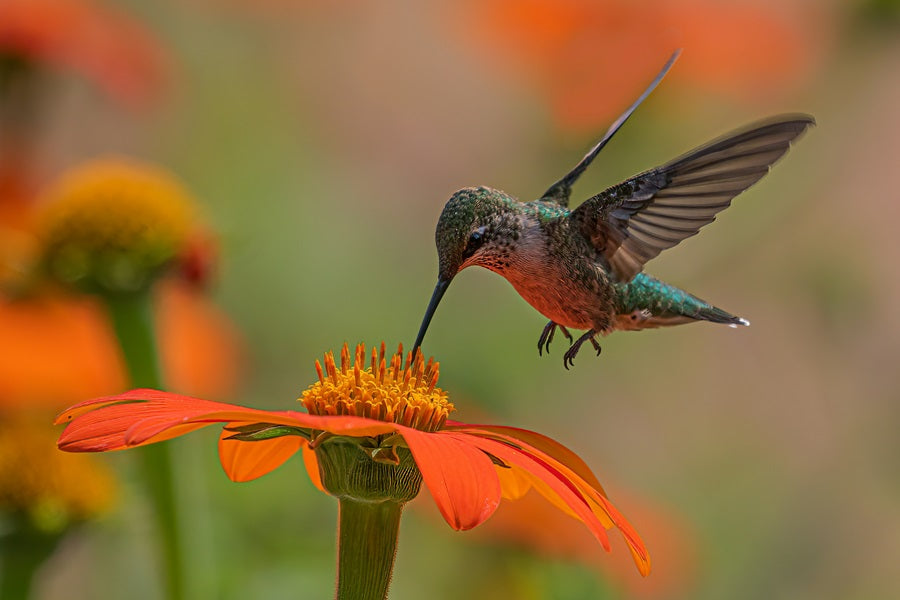
How does the hummingbird tongue and beak work?
Hummingbirds possess a remarkable tongue structure that enables them to efficiently extract nectar from flowers. Their long, forked tongues are highly flexible and can rapidly flick in and out to create a suction effect, trapping nectar with fringed edges. This unique adaptation not only supports their high-energy lifestyle but also plays a crucial role in pollination. The tongue's ability to wrap around the brain showcases the intricate design that allows for efficient feeding and compact storage.

How to Get a Hummingbird Out of Your Garage
Hummingbirds often find themselves trapped in garages, particularly during warm months when doors are left open. Understanding their attraction to bright colors and light, as well as their high energy needs, can help homeowners take preventive measures to keep these delicate birds safe. By creating a darker garage environment, providing clear exits, and using strategically placed feeders, we can protect hummingbirds and enjoy their presence in a more mindful way.
Show
per page



